Plumeria Bud Drop: Why Are Plumeria Flowers Dropping
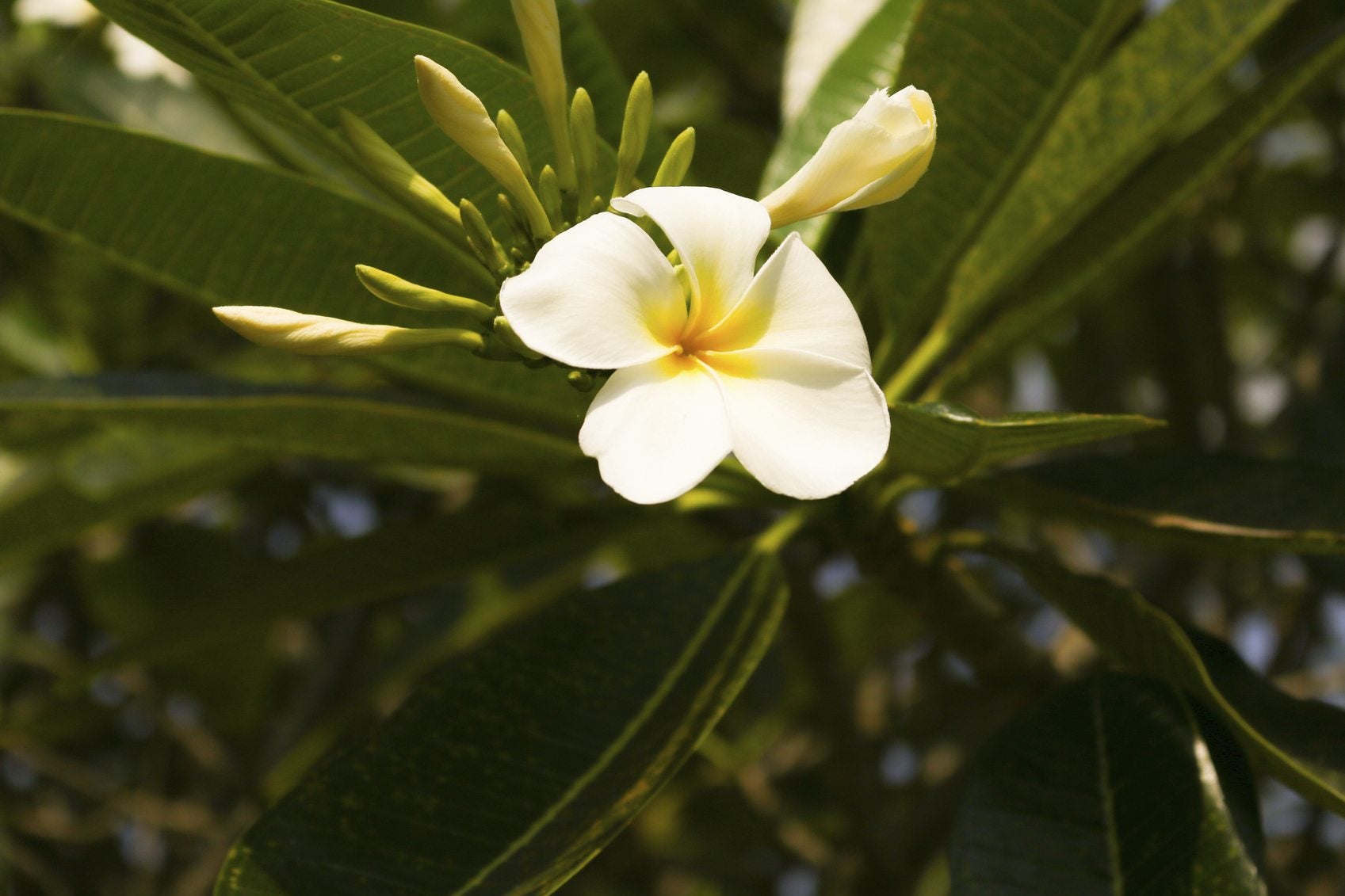

Plumeria blooms are lovely and fragrant, evoking the tropics. However, the plants are not demanding when it comes to care. Even if you neglect them and expose them to heat and drought, they often thrive. That said, it can be upsetting to see plumeria flowers falling off or buds dropping before they open. Read on for information about plumeria flower drop and other problems with plumeria.
Why are Plumeria Flowers Dropping?
Plumeria, also called frangipani, are small, spreading trees. They deal well with drought, heat, neglect, and insect attacks. Plumeria are easily identifiable trees. They have gnarled branches and grow the distinctive flowers used in Hawaiian leis. The blossoms grow in clusters at the branch tips, with waxy petals, and a flower center in a contrasting color. Why are plumeria flowers dropping from the plant before they are finished blooming? When plumeria buds fall unopened to the ground—called plumeria bud drop—or the flowers fall, look to the cultural care the plants are receiving. Generally, problems with plumeria stem from inappropriate planting or care. These are sun-loving plants that need excellent drainage. Many gardeners associate plumeria with the Hawaiian tropics but, in fact, the plants are native to Mexico and Central and South America. They need warmth and sun to thrive and do not grow well in wet or cold areas. Even if your area is warm and sunny, be frugal with irrigation when it comes to plumeria. Excess moisture can cause both plumeria flower drop and plumeria bud drop. Plumeria plants can rot from getting too much water or standing in wet soil. Sometimes plumeria bud drop is caused by cold temperatures. Overnight temperatures can dip at the end of the growing season. With the cold night temperatures, the plants start to prepare themselves for winter dormancy.
Normal Plumeria Flower Drop
You’ve situated your plumeria in a sunny location and made sure that the soil drains fast and well. Yet, you still see plumeria flowers falling off, along with all the foliage. Take a look at the calendar. Plumeria goes through dormancy in winter. At that time, like other deciduous plants, it drops its leaves and remaining flowers and appears to stop growing. This type of plumeria flower drop and leaf drop is normal. It helps the plant prepare for the growth to come. Watch for new leaves to appear in spring, followed by plumeria buds and flowers.
Gardening tips, videos, info and more delivered right to your inbox!
Sign up for the Gardening Know How newsletter today and receive a free copy of our e-book "How to Grow Delicious Tomatoes".

Teo Spengler is a master gardener and a docent at the San Francisco Botanical Garden, where she hosts public tours. She has studied horticulture and written about nature, trees, plants, and gardening for more than two decades. Her extended family includes some 30 houseplants and hundreds of outdoor plants, including 250 trees, which are her main passion. Spengler currently splits her life between San Francisco and the French Basque Country, though she was raised in Alaska, giving her experience of gardening in a range of climates.
-
 Types Of Tomatoes Explained: Explore The Many Wonderful Shapes, Colors, Flavors, & Best Uses
Types Of Tomatoes Explained: Explore The Many Wonderful Shapes, Colors, Flavors, & Best UsesThe world of tomato varieties is vast and fascinating. Learn about the key types to grow in your garden, tailored to your preferences and space.
By Amy Grant
-
 Try The Trend – Turn Any Bed Into A Keyhole Garden With This Clever In-Ground Composter
Try The Trend – Turn Any Bed Into A Keyhole Garden With This Clever In-Ground ComposterKeyhole gardening is an efficient and sustainable practice that saves space. Get started on this DIY project quickly and easily with an in-ground composter.
By Bonnie L. Grant
-
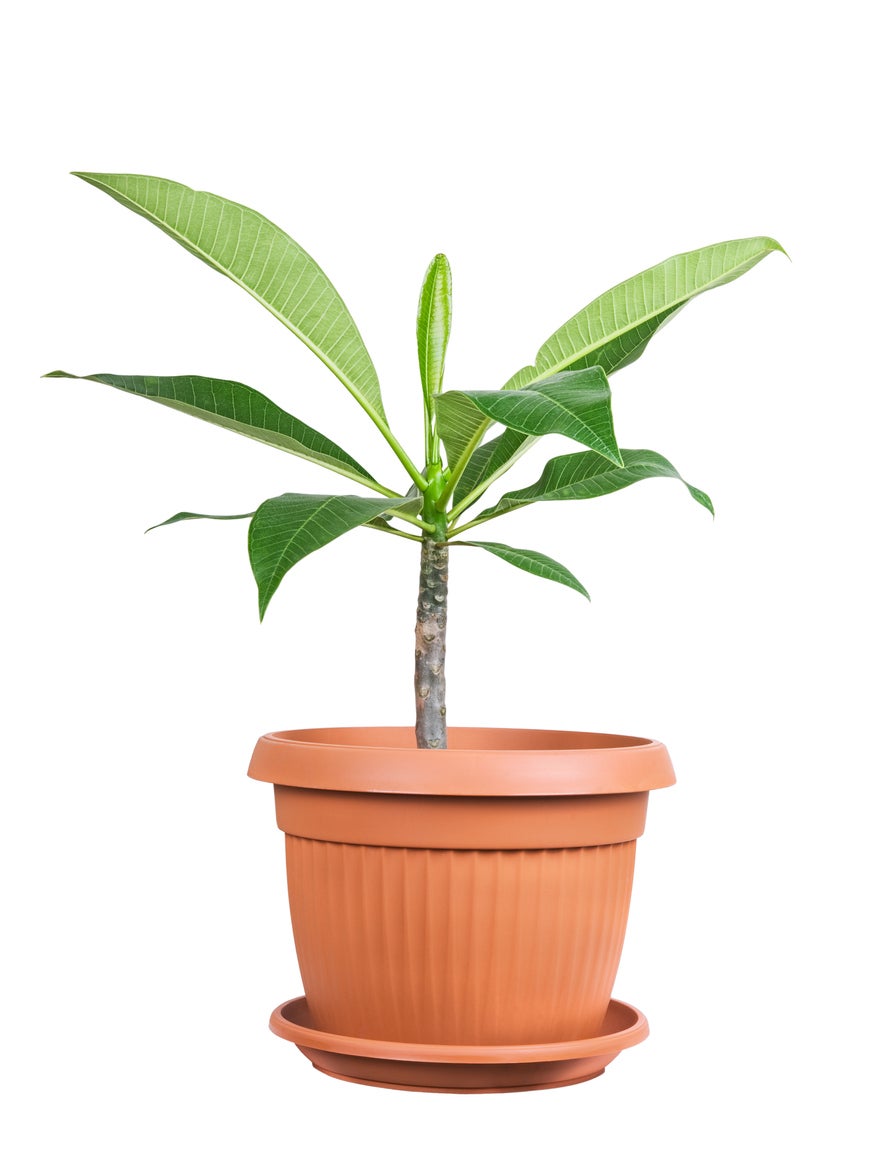 Plumeria Repotting Guide – Tips On When To Repot Plumerias
Plumeria Repotting Guide – Tips On When To Repot PlumeriasGrowing plumeria in a container requires repotting a plumeria yearly, in most cases. This encourages optimum growth and beauty. Plumeria repotting is not complicated, requiring a gentle touch and clean pruners. Take a look at the specifics in this article.
By Becca Badgett
-
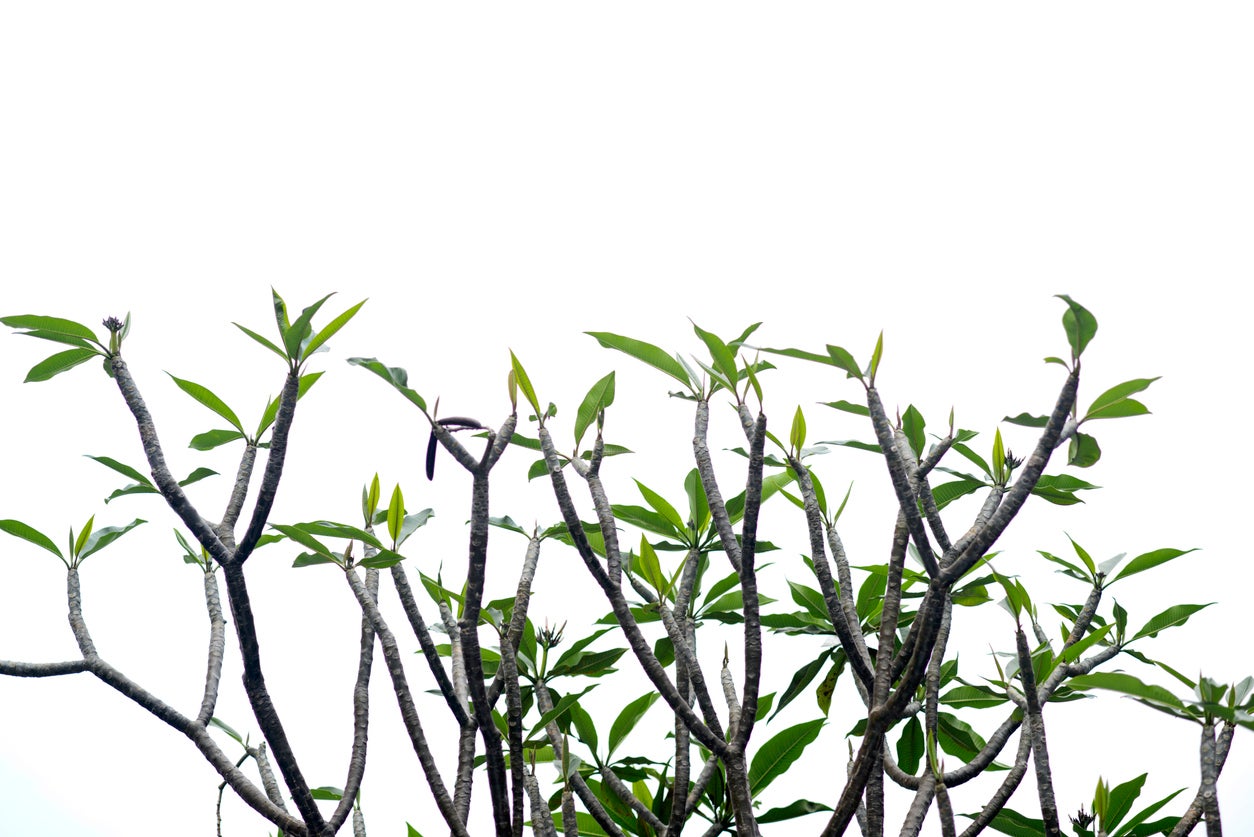 Making A Plumeria Branch: How To Encourage Plumeria Branching
Making A Plumeria Branch: How To Encourage Plumeria BranchingAlthough plumerias are surprisingly easy to grow, they can become lopsided or spindly. If your goal is to encourage plumeria branching, thus creating a fuller, balanced plant with more blooms, pruning is the way to go. Learn how to get plumeria to branch in this article.
By Mary H. Dyer
-
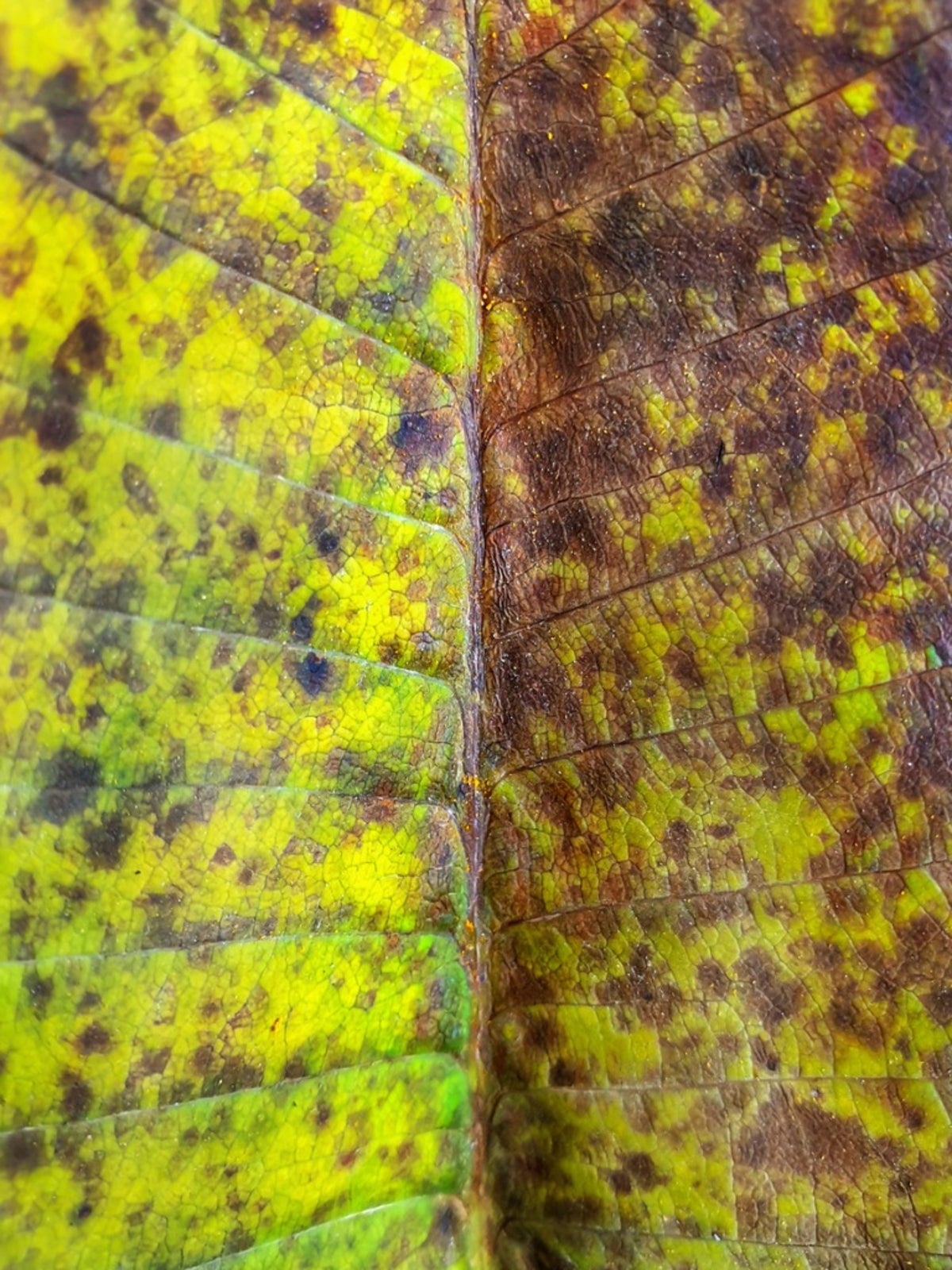 Plumeria Rust Fungus: How To Treat Plumeria Plants With Rust Fungus
Plumeria Rust Fungus: How To Treat Plumeria Plants With Rust FungusAlthough fungal diseases can happen anywhere, warm, humid tropical regions are especially favorable for fungal growth. Plumeria rust fungus is a disease that is specific to plumeria. Learn more about rust on plumeria plants in this article.
By Darcy Larum
-
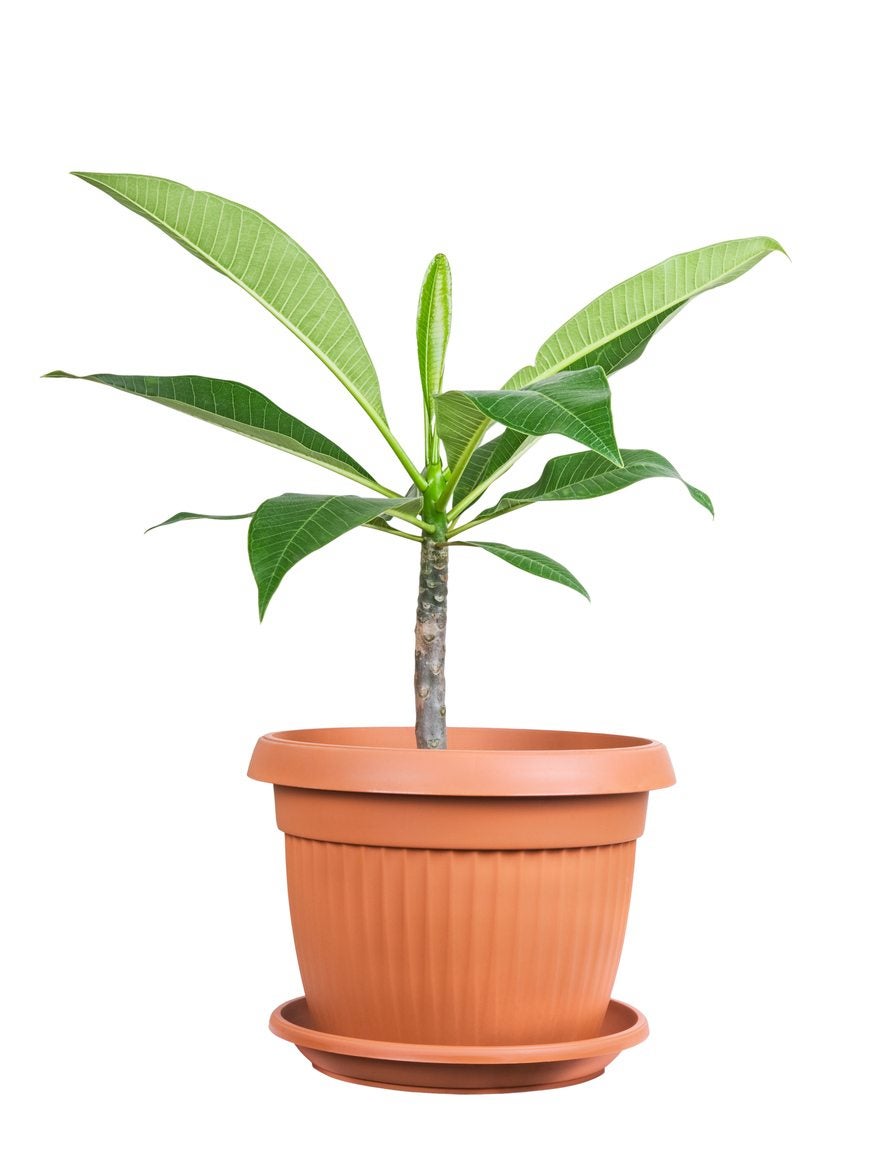 Indoor Plumeria Care – How To Grow Plumeria Plants Indoors
Indoor Plumeria Care – How To Grow Plumeria Plants IndoorsYou want to grow plumeria at home but feel geographically disadvantaged because you don?t live in the right planting zone (zone 9-11). But can you grow plumeria inside? What is required for indoor plumeria care? Click this article on to learn more.
By Shelley Pierce
-
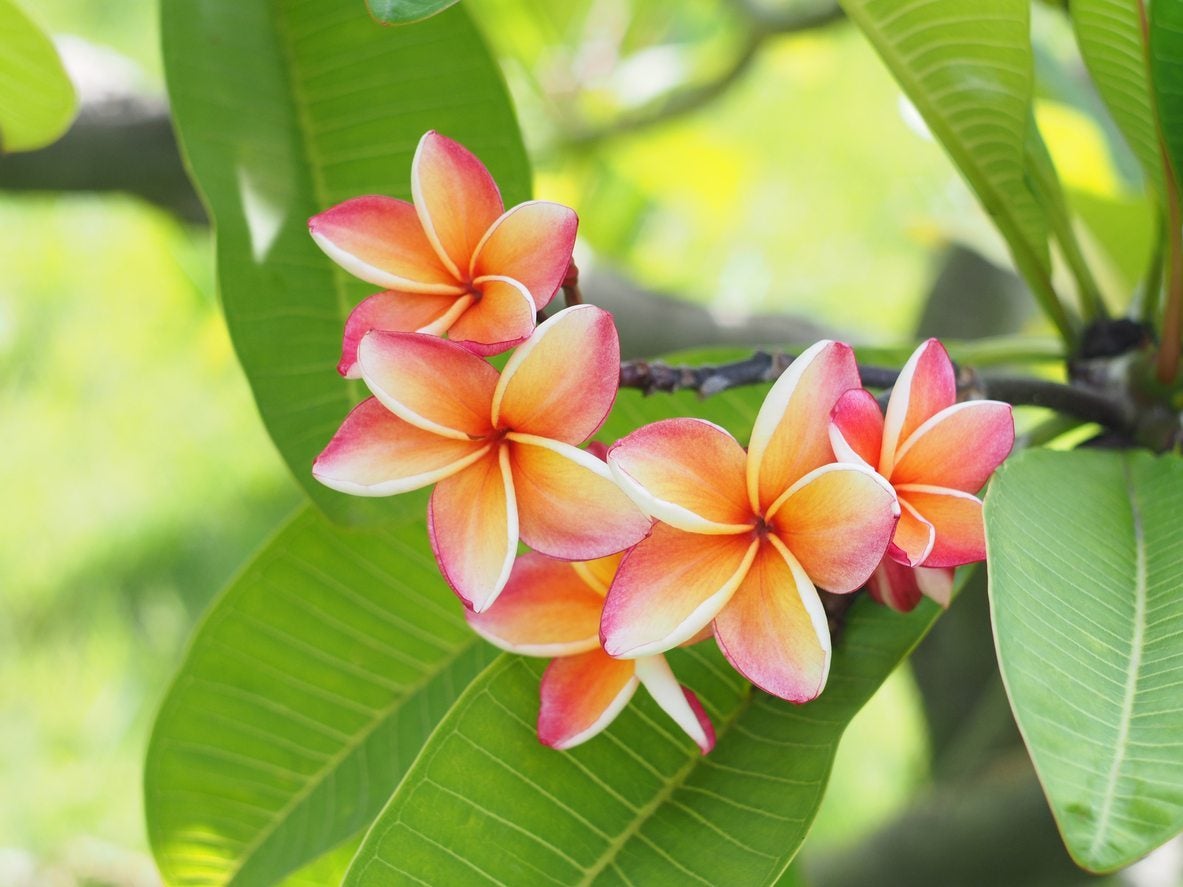 Moving Plumeria Plants : How And When To Move A Plumeria
Moving Plumeria Plants : How And When To Move A PlumeriaPlumeria can develop into large bushes with extensive root systems. Transplanting mature plants may be difficult, but transplanting a plumeria cutting is easy. Knowing when to move a plumeria is also an important aspect. This article will help with that.
By Bonnie L. Grant
-
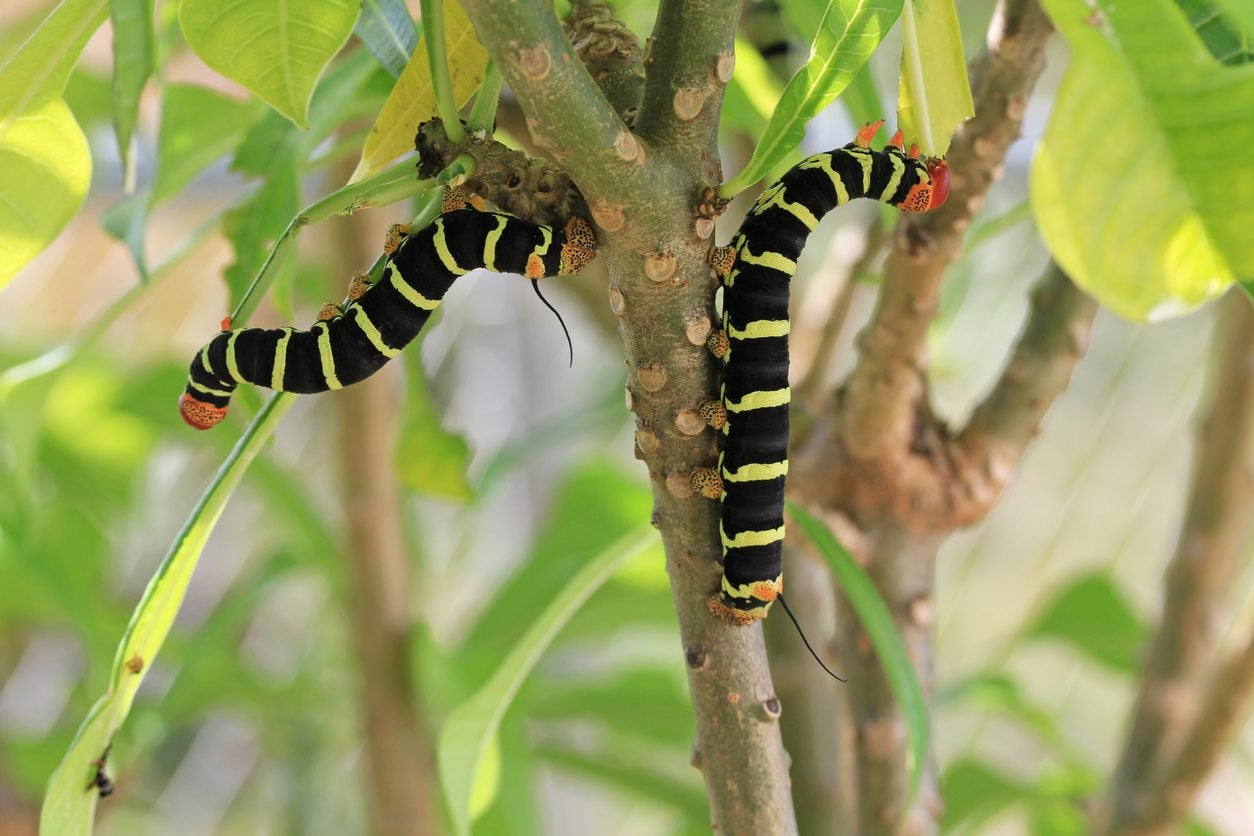 Plumeria Pest Problems – Learn About Pest Control For Plumerias
Plumeria Pest Problems – Learn About Pest Control For PlumeriasPlumerias are colorful and rewarding garden or patio plants. As with any plant, especially when it is stressed, you may have plumeria pest problems. On a positive note, common plumeria pests can be controlled with simple or organic treatments. Learn more here.
By Gardening Know How
-
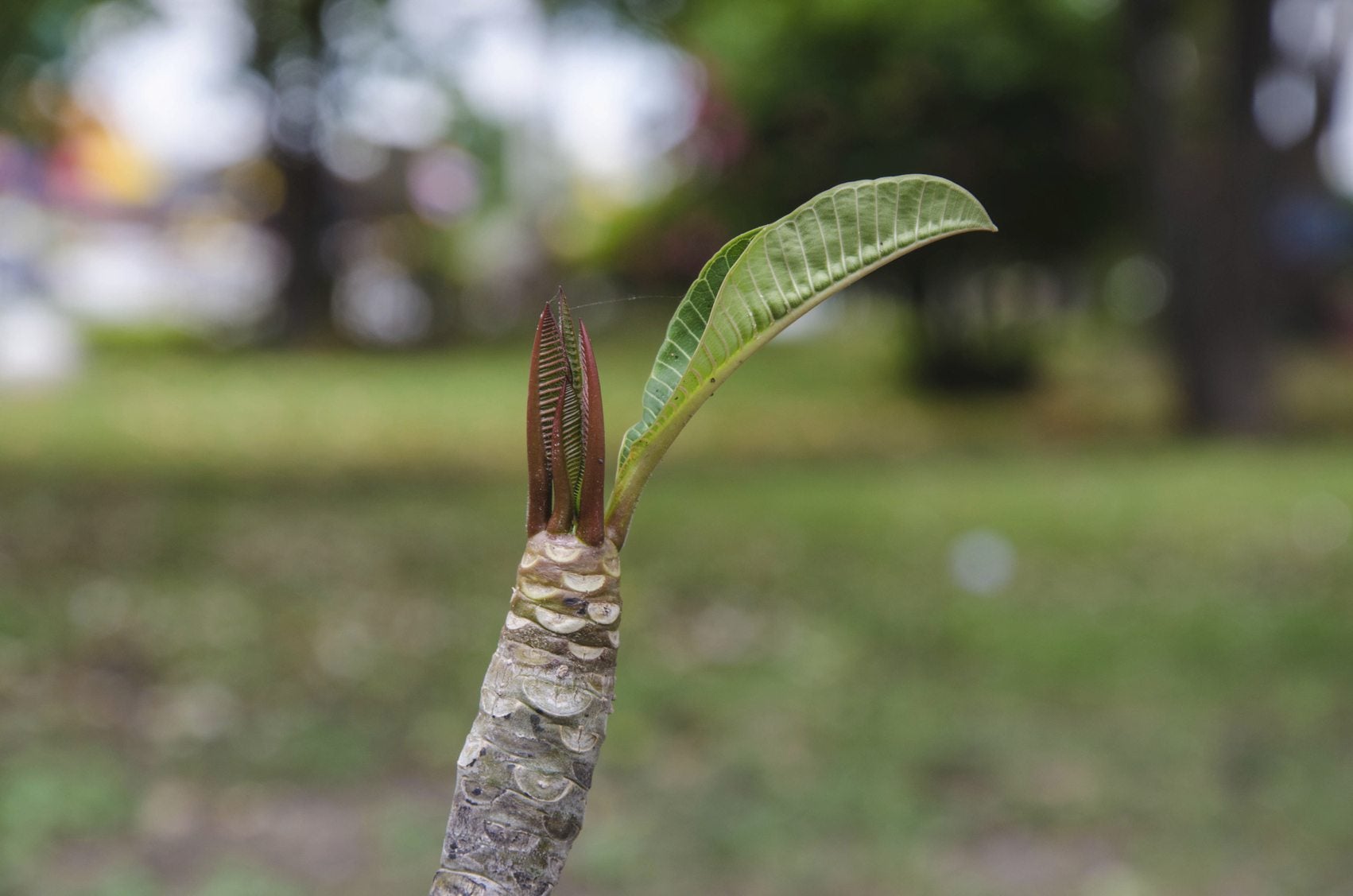 Plumeria Cutting Propagation – How To Grow Plumeria Cuttings
Plumeria Cutting Propagation – How To Grow Plumeria CuttingsPlumeria is a tropical and subtropical flowering plant that's very popular for its fragrance and for its use in making leis. Plumeria can be grown from seed, but it can also be propagated extremely well from cuttings. This article can help with that.
By Liz Baessler
-
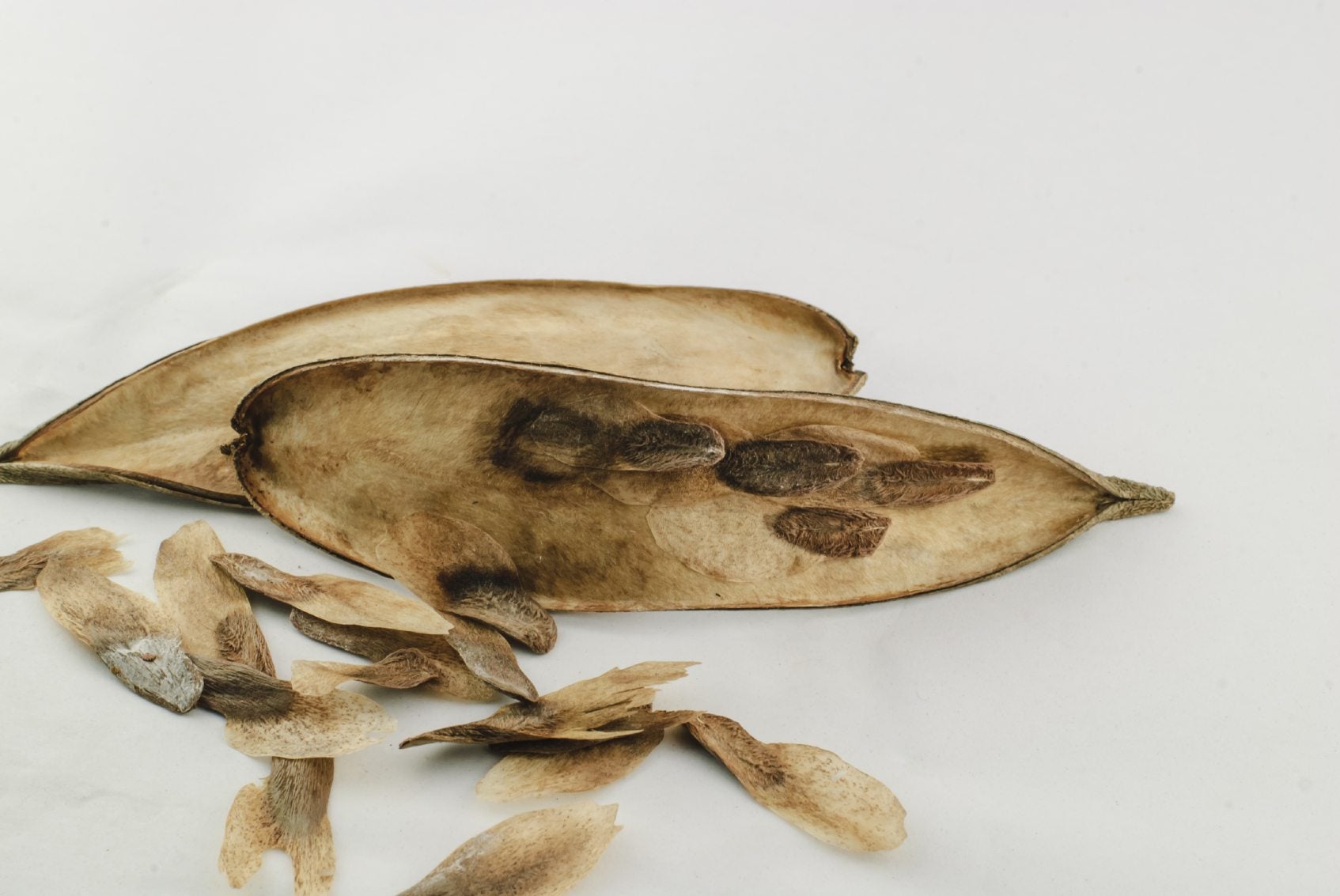 Seed Pods On Plumeria – When And How To Harvest Plumeria Seeds
Seed Pods On Plumeria – When And How To Harvest Plumeria SeedsSome plumeria are sterile but other varieties will produce seed pods that look similar to green beans. These seed pods will split open, dispersing 20-100 seeds. Click here to learn about harvesting plumeria seed pods to grow new plants.
By Darcy Larum